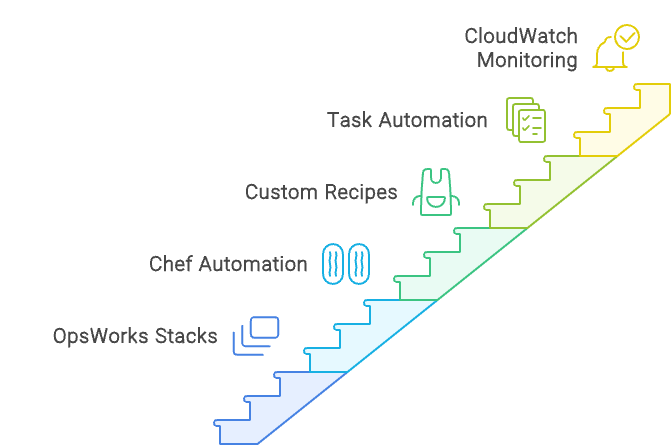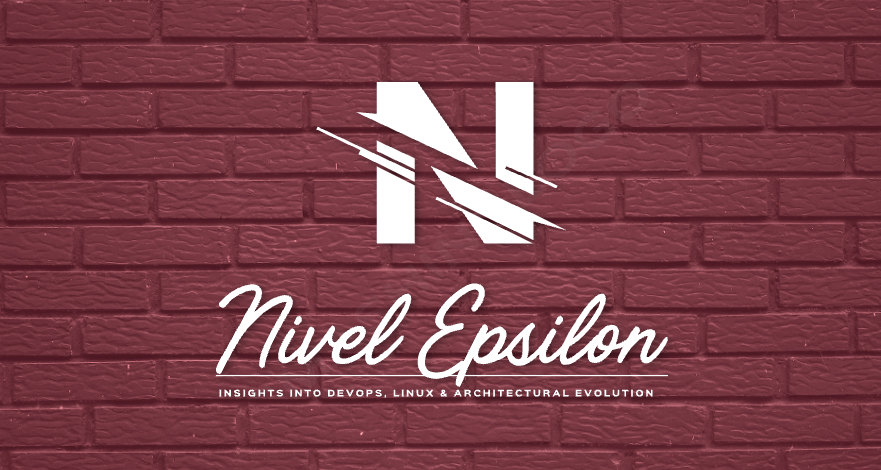
Building and running SaaS applications in the cloud can often feel like throwing a public event. Most guests are welcome, but a few may try to sneak in, cause trouble, or overwhelm the entrance. In the digital world, these guests come in the form of cyber threats like DDoS attacks and malicious bots. Thankfully, AWS gives us a capable bouncer at the door: the AWS Web Application Firewall, or AWS WAF.
This article tries to explain how AWS WAF helps protect cloud-based APIs and applications. Whether you’re a DevOps engineer, an SRE, a developer, or an architect, if your system speaks HTTP, WAF is a strong ally worth having.
Understanding common web threats
When your service becomes publicly available, you’re not just attracting users, you’re also catching the attention of potential attackers. Some are highly skilled, but many rely on automation. Distributed Denial of Service (DDoS) attacks, for instance, use large networks of compromised devices (bots) to flood your systems with traffic. These bots aren’t always destructive; some just probe endpoints or scrape content in preparation for more aggressive steps.
That said, not all bots are harmful. Some, like those from search engines, help index your content and improve your visibility. So, the real trick is telling the good bots from the bad ones, and that’s where AWS WAF becomes valuable.
How AWS WAF works to protect you
AWS WAF gives you control over HTTP and HTTPS traffic to your applications. It integrates with key AWS services such as CloudFront, API Gateway, Application Load Balancer, AppSync, Cognito, App Runner, and Verified Access. Whether you’re using containers or serverless functions, WAF fits right in.
To start, you create a Web Access Control List (Web ACL), define rules within it, and then link it to the application resources you want to guard. Think of the Web ACL as a checkpoint. Every request to your system passes through it for inspection.
Each rule tells WAF what to look for and how to respond. Actions include allowing, blocking, counting, or issuing a CAPTCHA challenge. AWS provides managed rule groups that cover a wide range of known threats and are updated regularly. These rules are efficient and reliable, perfect for a solid baseline. But when you need more tailored protection, custom rules come into play.
Custom rules can screen traffic based on IP addresses, country, header values, and even regex patterns. You can combine these conditions using logic like AND, OR, and NOT. The more advanced the logic, the more WebACL Capacity Units (WCUs) it uses. So, it’s important to find the right balance between protection and performance.
Who owns what in the security workflow
While security is a shared concern, roles help ensure clarity and effectiveness. Security architects typically design the rules and monitor overall protection. Developers translate those rules into code using AWS CDK or Terraform, deploy them, and observe the results.
This separation creates a practical workflow. If something breaks, say, users are suddenly blocked, developers need to debug quickly. This requires full visibility into how WAF is affecting traffic, making good observability a must.
Testing without breaking things
Rolling out new WAF rules in production without testing is risky, like making engine changes while flying a plane. That’s why it’s wise to maintain both development and production WAF environments. Use development to safely experiment with new rules using simulated traffic. Once confident, roll them out to production.
Still, mistakes happen. That’s why you need a clear “break glass” strategy. This might be as simple as reverting a GitHub commit or disabling a rule via your deployment pipeline. What matters most is that developers know exactly how and when to use it.
Making logs useful
AWS WAF supports logging, which can be directed to S3, Kinesis Firehose, or a CloudWatch Log Group. While centralized logging with S3 or Kinesis is powerful, it often comes with the overhead of maintaining data pipelines and managing permissions.
For many teams, using CloudWatch strikes the right balance. Developers can inspect WAF logs directly with familiar tools like Logs Insights. Just remember to set log retention to 7–14 days to manage storage costs efficiently.
Understanding costs and WCU limits
WAF pricing is based on the number of rules, Web ACLs, and the volume of incoming requests. Every rule consumes WCUs, with each Web ACL having a 5,000 WCU limit. AWS-managed rules are performance-optimized and cost-effective, making them an excellent starting point.
Think of WCUs as computational effort: the more complex your rules, the more resources WAF uses to evaluate them. This affects both latency and billing, so plan your configurations with care.
Closing Reflections
Security isn’t about piling on tools, it’s about knowing the risks and using the right measures thoughtfully. AWS WAF is powerful, but its true value comes from how well it’s configured and maintained.
By establishing clear roles, thoroughly testing updates, understanding your logs, and staying mindful of performance and cost, you can keep your SaaS services resilient in the face of evolving cyber threats. And hopefully, sleep a little better at night. 😉







